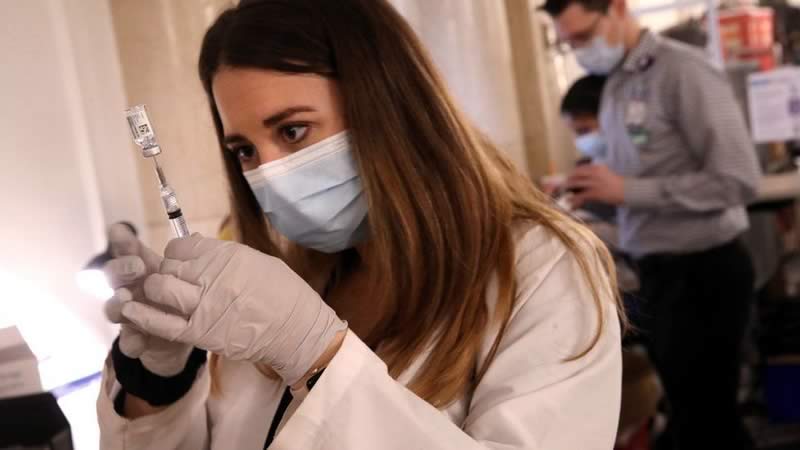US government health officials recommended that states halt Johnson & Johnson vaccinations on Tuesday. It came after a report found that six of the 6.8 million people who received a J&J COVID-19 vaccine developed a blood clot.
All six of them – women aged 18 to 48 years old – had developed a cerebral venous sinus thrombosis (CVST) blood clot.
CVST is a rare type of clot that builds in the brain’s sinus channels. The clot can block the channels from draining blood from the brain, which can lead to a hemorrhage. It occurs in five out of one million people each year.
Other types of blood clots, such as deep vein thrombrosis, occur in the legs.
CVST symptoms include headache and blurred vision
The CDC and FDA said people who received a J&J COVID-19 vaccine should look out for these symptoms within three weeks of getting the shot:
a severe headache;
abdominal pain;
leg pain;
shortness of breath.
What causes CVST?
For adults, there are some general risk factors for CVST – vaccine or not.
They include:
obesity;
inflammatory bowel disease;
low blood pressure in the brain.
How is it treated?
Treatment for CVST includes IV fluids, antiseizure medicine, surgery, and rehabilitation. The earlier someone is treated, the better their prospects for a full recovery.

